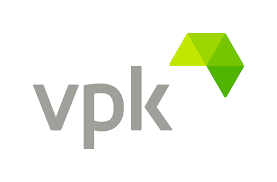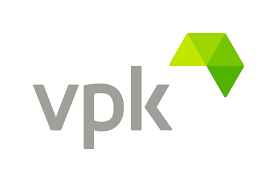Title Page
-
Document No.
-
Audit Title
-
Client / Site
-
Conducted on
-
Prepared by
-
Personnel
-
Program / Job Number
-
AUDIT INSTRUCTIONS:
Refer to the frequency matrix for the timing of the quality audits
Audit by observing, listening to communications, asking questions and viewing run charts & samples
All completed audit forms to be submitted to site QA representative for consolidation and reporting
When issues are identified in an audit, the follow-up action must be documented below
If procedures have not been followed, the Auditor must complete the follow-up audit the next working day -
UNBONDED EDGES - Look for evidence of checking that starch is applied right to the slit edges of the board on both the operator-side and drive-side
-
WARP - Look for evidence of checking that board is within plant warp tolerances
-
MISALIGNMENT - Look for evidence of checking that all papers line up with the slit edges of the board on both the operator-side and drive-side
-
CHOP AND SLIT QUALITY - Look for evidence of checking that the chop and slit edges are not ragged
-
BOARD DIMENSIONS - Look for evidence of checking that board dimensions match the order specification for all multiple outs across the machine. Chop length ± 2mm. Slit width ± 1mm. <br>
-
BOARD DIMENSIONS - Look for evidence that run charts are completed.
-
SCORE POSITIONS - Look for evidence of checking that score positions match the order specifications for all multiple outs across the machine ± 1mm.<br>
-
SCORE POSITIONS - Look for evidence that Copar sheets are completed and tickets are signed off (Stacker)
-
SCORE FOLDING - Look for evidence of checking that scores bend easily in a straight line, with no cracking
-
LINER COLOUR - Look for evidence of checking that the liner colour (brown, white, black, plastic coated) matches the order specification
-
DELAMINATION - Look for evidence of checking that the amount of fibre tear indicates an adequate bond has been made, the bond is not brittle & there are no unbonded areas.<br>
-
DELAMINATION - The appropriate amount of samples are evident at the stackers
-
DELAMINATION - The samples display destructive testing for delamination
-
INDENTATIONS / DEFECTS - Look for evidence of checking that board has no indentations, crushing or other defetcs
-
FLUTE - Look for evidence of checking that flute type matches the boardgrade specification
-
CRUSH MARKS IN BOARD, SPECIFIC - Look for evidence of checking that the Double Backer side of the board is free of crush marks from starch build-up on the hot plates from narrower deckles.<br>
-
CRUSH MARKS IN BOARD, SPECIFIC - Look for evidence of checking that board is not crushed by the stacker outfeed roller
-
PREPRINT REGISTRATION - Look for evidence of checking that the registration of the chop, slit & score positions is determined before running according to site quality procedures.<br>
-
PREPRINT REGISTRATION - Look for evidence of checking that the registration of the chop, slit & score positions is maintained throughout the run ± 2mm
-
PREPRINT PRINT DEFECTS - Look for evidence of checking that there are no obvious print defects on the printed liner (such as colours missing or no print) and scuffing is within acceptable limits
-
MD SHEAR - Look for evidence that MD shear tests have been performed









